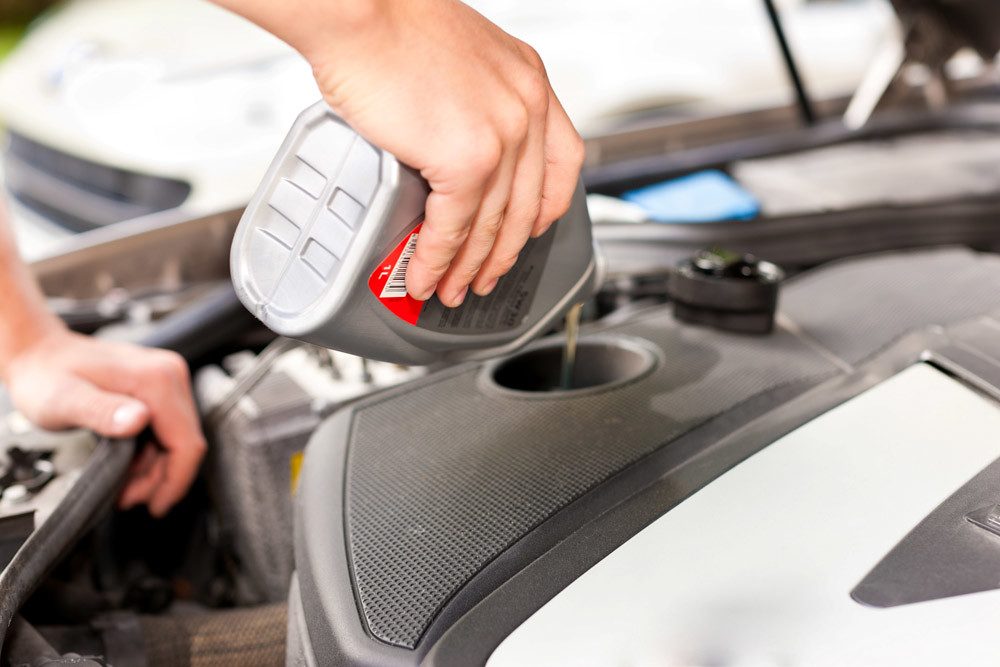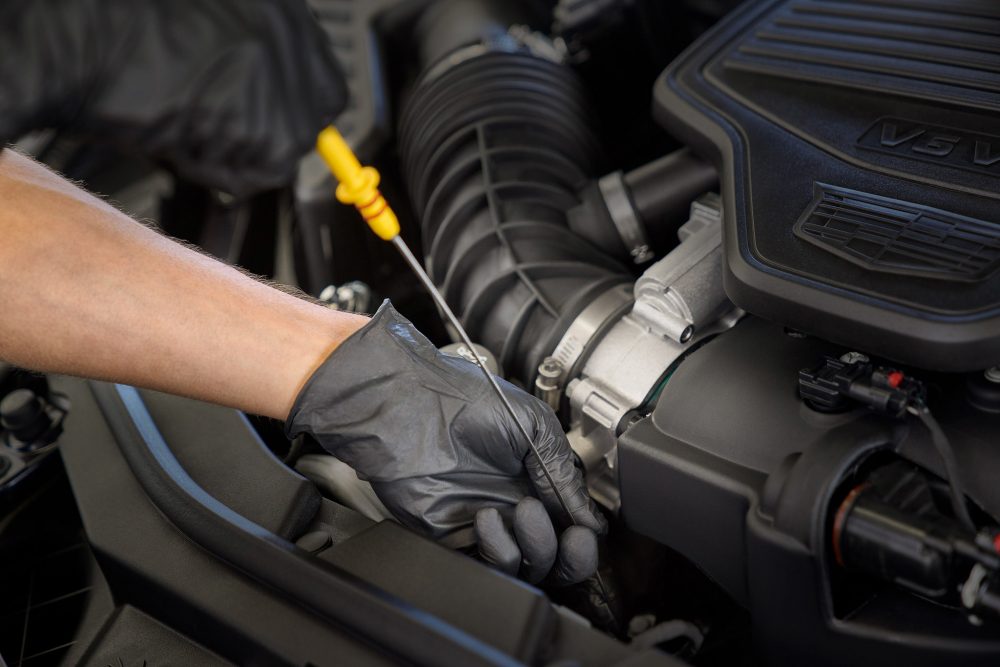What Happens if You Overfill Engine Oil?

While regular oil changes are an essential part of routine car care, putting too much oil in the engine can be detrimental to your vehicle. Here’s why overfilling the engine oil can harm your vehicle and what you should do to resolve this scenario.
Smart Maintenance: Learn why oil changes are important
Why overfilling the engine oil is bad for your car

Photo: The News Wheel
To understand why too much oil is bad for your vehicle, it helps to review just where the oil “goes” after you put it in the engine. With a typical oil change, engine oil is added via the crankcase. When the vehicle’s engine is turned off, the oil settles in the oil pan. When the engine is on, the oil passes through the engine and sifts through an oil filter that removes particles that could harm the engine.
If too much fresh oil is added to the engine during an oil change, the oil pan floods. The crankshaft then makes contact with the extra oil, aerating it into a frothy substance that can clog the catalytic converter, dirty the spark plugs, or cause other problems with your vehicle’s key systems.
The extra oil also causes excess pressure to build up inside the engine. Though this pressure typically releases via the engine’s seals and gaskets, if one of these parts is broken, it can cause leaks or other damages to the engine.
More Peace of Mind: Benefits of servicing your vehicle at a dealership
How to remove the excess oil

The simplest way to tell if there’s too much oil in the engine is to check the dipstick. In most vehicles, the dipstick will have low and high marks that indicate the oil level.
If the excess oil is just 1-2 millimeters above the fill line, this shouldn’t be cause for concern. However, if there’s a quart or more of extra oil in the engine, it’s best to remove it.
Some gearheads and car mechanics might suggest that you siphon the excess oil from the dipstick or crankcase cap. However, it’s best to err on the side of safety by getting another oil change done accurately at your local auto dealership.

Whitney Russell resides in Dayton, though her spirit can be found beach-bumming in Puerto Rico (the land of her half-Puerto Rican heritage). When not crafting car-related content, she can be found chasing after the most amazing toddler in the world, watching her “beaver” of a husband build amazing woodworking projects, hanging out with two crazy dogs, and visiting family and friends. She also enjoys traveling, crafting, and binge-watching period dramas when time allows. See more articles by Whitney.

